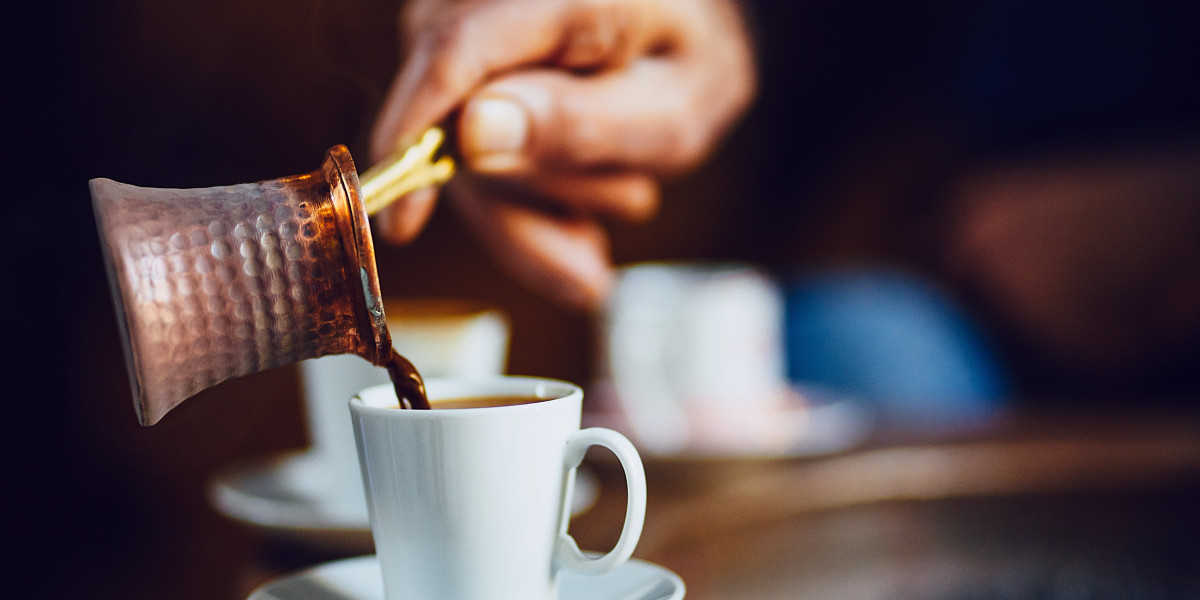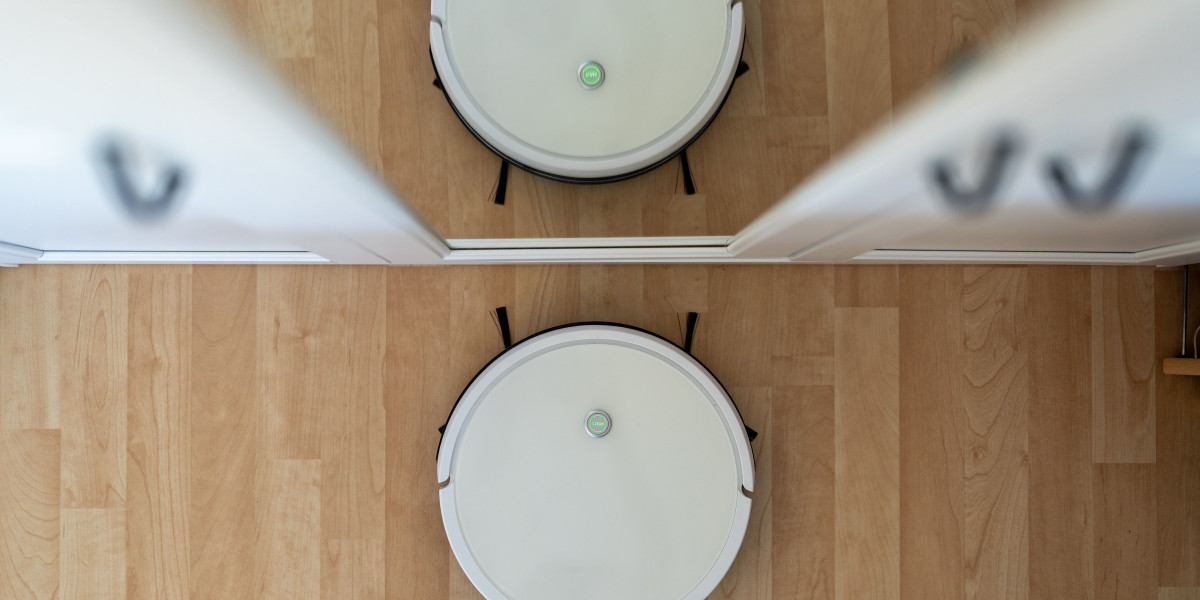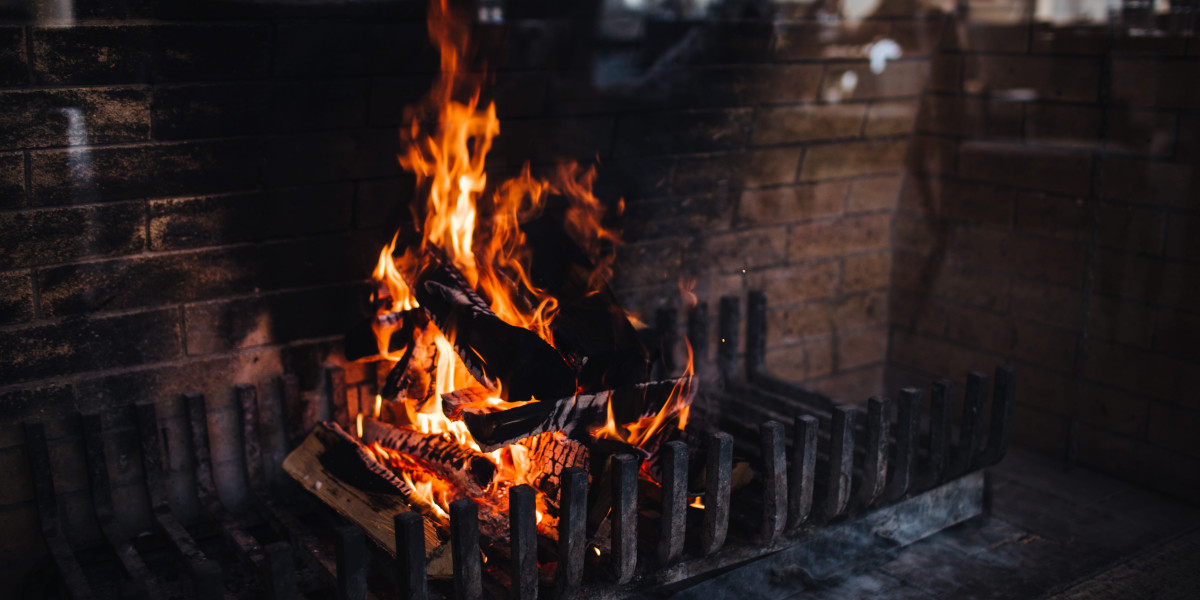 Buying a Coffee Machine For Home
Buying a Coffee Machine For HomeIf you decide to purchase an espresso machine for your home it's worth investing in accessories such as the tamping mat as well as a set of coffee scoops. You'll also need to stock up on coffee beans and milk.
This semiautomatic combines milk frothers and the user-friendly assisted dosing and tamping of the 2022 Barista Touch Impress for a elegant setup that takes the coffee you make at home to new heights. It's also smart, integrating with Alexa and utilizing geofencing technology.
Filter coffee machines
Filter machines are among the most popular coffee machines for home use. They heat water, then let it pass through ground coffee before returning it to the pot. This results in an extremely smooth and strong concentrate which is then diluted in a separate carafe. These machines are generally easy to use, and often have a glass pot which can hold a decent quantity of cups at a time which is a great benefit for those with large families or friends. They also tend to have lower costs than other models, which could make them a good option for those who are on a tight budget.
The majority of these models feature a compartment that holds the coffee grounds, as well as an upward-facing tube that rises from the bottom of the container. The water is heated by a resistive element and an aluminum heating tube, and then flows through the grounds before it drips into the pot below. The reservoir typically holds plenty of water, and it can be filled to continue the cycle.
Many models of coffee makers come with a one-way valve that prevents the cold water from mixing with the heated water. This decreases energy use and keeps the water warm for a longer period of time. A majority of these devices have a metal warming plate that can help to keep the water hot for a certain time.
If you're using a filter coffee machine, then you'll need to measure your preferred amount of ground coffee and then place it into the filter prior to beginning the brewing process. The majority of these coffee makers require a ratio of around two tablespoons of coffee per six ounces of water. However, it is always recommended to read the manufacturer's instructions before deciding on a specific ratio.
Once you've added the ground coffee and water to the tank, it's a good idea to let it sit for a couple of minutes so that the coffee can expand and bloom and the beans release their aroma and flavor. Then, pour the rest of the water in a circular motion over the grounds of coffee, and wait for the brewing process to finish.
Filter coffee makers, just like other coffee makers are not immune to problems. Cleaning them frequently is crucial to prevent the formation of hard water, and other contaminants that can clog tubes and alter the taste of coffee. Most of the components are dishwasher safe and cleaning should be simple and quick. It's important to clean the tube that connects the aluminum heating tube to the cold-water pipe on a regular basis. Try running vinegar through your coffee maker prior to you try any other repairs.
Espresso machines
Espresso is a wildly popular coffee drink. It has seen an enormous increase in popularity over the last decade. Many people like making their own espresso at home. You can find an espresso maker almost anywhere. Although the machines at home aren't as powerful and large like those in restaurants, they function with the same basic principles. This means that you can learn to master the art of brewing and make various espresso drinks.
A basic espresso machine for home use will include the vessel for heating and a portafilter basket and a steam valve. When you turn on the machine, it will begin heating the water to a suitable temperature for brewing espresso. When it is ready, you can place the espresso you have ground into the basket and press it down. Then, you'll attach the portafilter and a filter lid to the machine and push water through the coffee grounds by using the pump. The pressure generated by the water pushing through the grounds will result in a strong shot of espresso. You can then add milk to your drink to create a cappuccino, macchiato or the latte.
When you buy an espresso maker, you should consider buying a good grinder for your beans as well as an milk frother if plan to make lattes or cappuccinos. You'll also need espresso cups and a machine-cleaning brush. You may also require a tamping pad for your portafilter.
You can also use your espresso machine to make different types of coffee. However, you should be aware that the process may be longer and the results will not be optimal. For best results, you should use an espresso-specific coffee that is labeled for espresso making.
The size of the boiler and the pressure of the machine will affect your drinks taste. In general, larger machines have larger boilers that will make more drinks in a smaller amount of time. They also can make more intense espressos with more pressure.
 Some machines come with manual pistons and a spring design that allows you to regulate the force that you push the water through the grounds. This allows you to pull an espresso that has the desired strength and consistency. Some modern machines have replaced this by electric pumps that make use of the technology of rotary veins to help you achieve the right consistency and flavor for your espresso. These are called semi-automatic espresso machines. They provide a bit more control for the barista at home than automatic machines but still do not permit you to adjust every aspect of the brew as you would on an espresso machine that is professional. They are simple to use and produce great coffee.
Some machines come with manual pistons and a spring design that allows you to regulate the force that you push the water through the grounds. This allows you to pull an espresso that has the desired strength and consistency. Some modern machines have replaced this by electric pumps that make use of the technology of rotary veins to help you achieve the right consistency and flavor for your espresso. These are called semi-automatic espresso machines. They provide a bit more control for the barista at home than automatic machines but still do not permit you to adjust every aspect of the brew as you would on an espresso machine that is professional. They are simple to use and produce great coffee.Bean-to-cup machines
A bean-to-cup espresso machine comes with an integrated grinder and the unit for brewing is an crucial component. The bean-to cup machine will grind your beans and tamp them down. The brewing unit will heat the water to brew the coffee. Once the coffee has been made, the grounds that are not used will automatically be ejected in an internal waste bin. You can also add some milk if you wish.
A lot of bean to cup machines have a self cleaning mechanism that basically flushes hot water after each use, making sure that excess coffee doesn't build up in the pipes between regular cleanings, which are typically required every several months. This is an excellent feature if you drink a lot coffee and need to keep the machine as clean as possible.
Some bean-to-cup machines do not come with a milk froth at all, and for those who are happy to add milk themselves from a jug, www.coffeee.uk or splash some in with a cafetiere. If you have any guests that are seeking a cappuccino or latte, though, you will need to look at an appliance that is capable of milk frothing. The majority of bean to cup machines that can froth milk include a Panarello wand that is a sheath which can be removed only when you're preparing a cappuccino or latte. If you are keen to make a great froth, we'd recommend getting one of the best coffee maker which has a professional steam wand because they can produce more thicker milk froths for old-school cappuccino.
For busy homes and offices, a bean-to-cup machine can be an excellent choice. They are simple to use and produce high-quality coffee. They can be programmed to begin at the beginning of the day or just before you get home, so that your cup is ready when you get there. They also can help businesses save money on hiring baristas, which is especially advantageous for businesses with high staff turnover.
Visit the official Loveramics site for more information about our recommended range of espresso machines. You can also apply the code "LoveCoffee", at the time of checkout, to receive 20 percent off your purchase! Don't forget to enter our giveaway of a set Loveramics cups to all Coffee Blog readers! Click here to enter. The winners will be announced on the 29th day of June.








